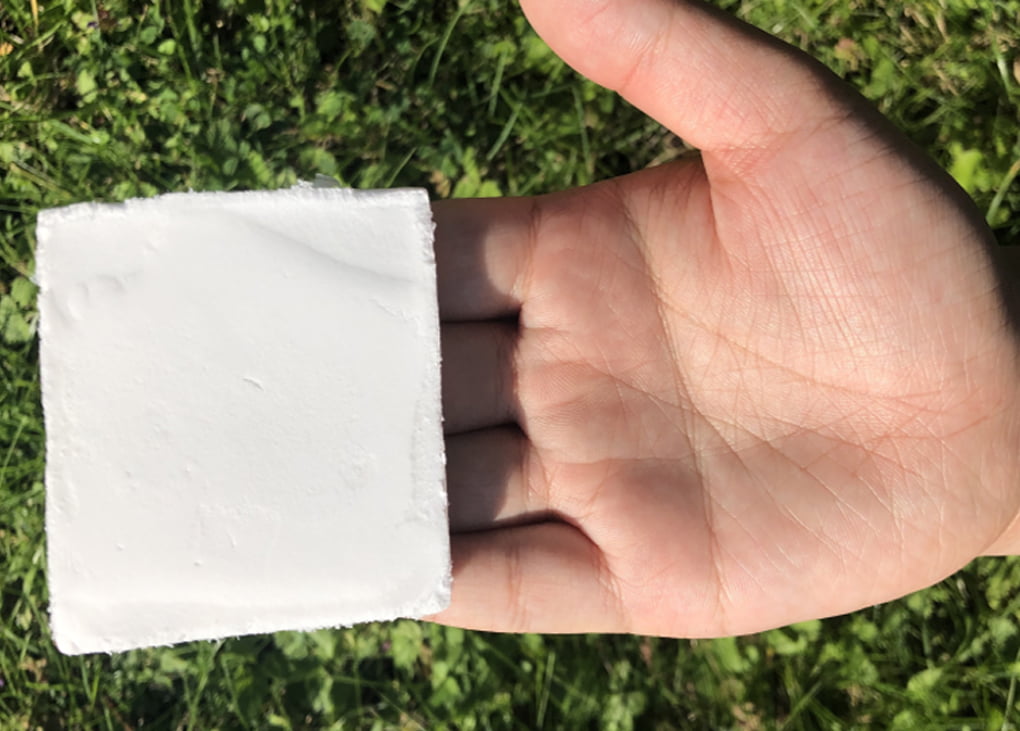A report by researchers featured in Nano Letters has revealed a new type of lightweight foam could reduce energy costs by more than a third.
Made from wood-based cellulose nanocrystals, the material is thermally insulating, can reflect sunlight and emits absorbed heat.
The researchers connected the cellulose nanocrystals together with a silane bridge, before freezing and freeze-drying the material under a vacuum. This process created a lightweight white foam, with the ability to reflect 96 per cent of visible light and emit 92 per cent of absorbed infrared radiation.
The team tested the foam by placing it over an aluminium foil-lined box outdoors at noon, and it kept the inside of the box about 9°C cooler than the outside temperature.
According to the American Chemical Society, as the cellulose-based foam was compressed, its cooling ability decreased, revealing tunable cooling properties. The research team believe that using the foam on buildings could reduce cooling energy needs by an average of 35.4 per cent.
As the foam can also be modified depending on weather conditions, the team hope the technology could be applied in a wide range of environments.
The full research paper is available to read here.
Feature image courtesy of Nano Letters 2022.



Leave a Reply